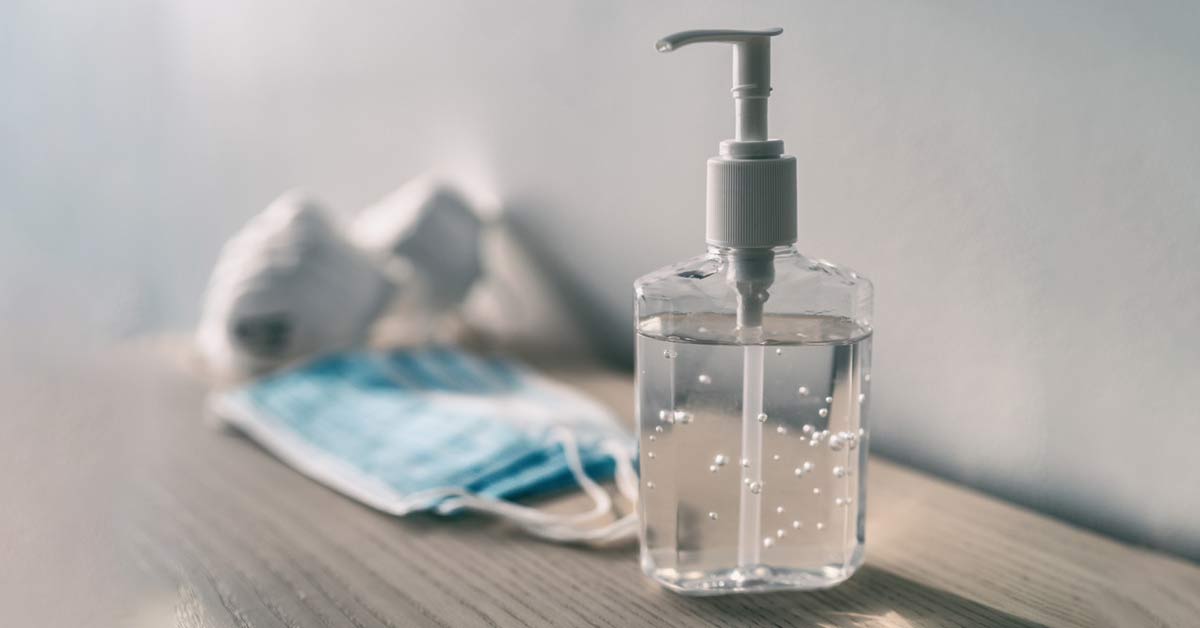Coronavirus, also known as COVID-19, is a highly contagious respiratory virus. Symptoms of COVID-19 include fever, cough, and shortness of breath. The Centers for Disease Control and Prevention (CDC) recommend these seven steps to prevent the spread of COVID-19.
1. Learn how it spreads
The virus spreads from person to person through respiratory droplets. Respiratory droplets are produced when an infected person coughs or sneezes. These droplets can land on nearby people or be inhaled by them.
There is currently no vaccine to prevent COVID-19. Scientists have started working on one. It will take months before a vaccine is researched, developed, tested, and approved for use in humans. The best way to prevent illness is to avoid exposure.
2. Practice proper handwashing
Wash your hands frequently with soap and water for at least 20 seconds. If soap and water are not available, use a hand sanitizer with at least 60% alcohol. Dispense hand sanitizer into hands and rub hands together until they are dry.
Wash or sanitize your hands often, and especially after returning from a public place, blowing your nose, coughing, or sneezing. Avoid touching your face with unwashed hands.
3. Practice social distancing
COVID-19 can be spread by people without symptoms. This makes it difficult to know if you or someone else has the virus. The best solution is social distancing. To practice social distancing, avoid crowds and mass gatherings. If you must go out, stay six feet away from other people whenever possible. Avoid people who have symptoms of coronavirus. Avoid touching high-touch public surfaces, like handrails. If you must touch a high-touch public surface, use a tissue or your sleeve as a barrier.
4. Stay home if you’re sick
If you get sick, stay home and call your primary care doctor. Describe your symptoms and let them know you have or may have COVID-19. Seek medical attention immediately if you have any of the emergency warning signs. Emergency warning signs for COVID-19 include difficulty breathing or shortness of breath, persistent pain or pressure in the chest, new confusion or inability to arouse, or bluish lips or face.
5. Cover coughs and sneezes
Cover your mouth and nose when you cough or sneeze. Use the inside of your elbow or a tissue. Throw used tissues in the trash. Immediately wash your hands with soap and water for at least 20 seconds. If soap and water are not available, use a hand sanitizer with at least 60% alcohol. Dispense hand sanitizer into hands and rub hands together until they are dry.
6. Wear a face covering
Some people infected with COVID-19 are asymptomatic (without symptoms) or pre-symptomatic (currently without symptoms but will develop them). People who do not have symptoms of COVID-19 can still transmit the virus. The CDC now recommends that people wear cloth face coverings in public, especially when it is hard to practice social distancing.
Cloth face coverings are not surgical masks or N-95 respirators. You can make cloth face coverings from household items. Facemasks are in short supply and should be saved for health care workers or people who are sick. If you are sick, wear a facemask around others and before entering a healthcare provider’s office. If you are unable to wear a facemask, cover your coughs and sneezes.
7. Disinfect surfaces daily
Disinfect frequently touched surfaces every day. If surfaces are dirty, clean them with soap and water before disinfecting. Most EPA-registered disinfectants will work. Make sure to use disinfectants that are appropriate for each specific surface.

